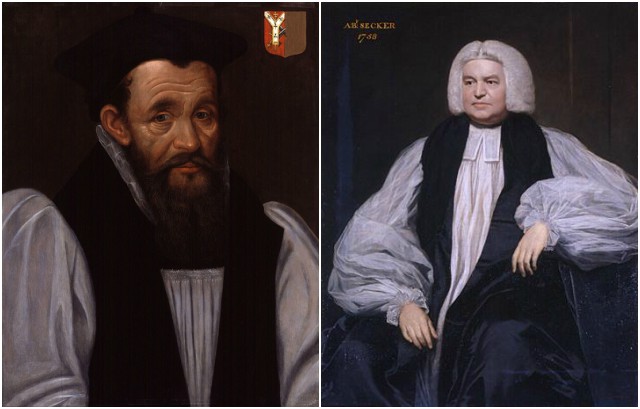The remains of five Archbishops of Canterbury, dating back to the 17th century, have been discovered beneath the Garden Museum, located on the south bank of the Thames opposite the Palace of Westminster and the Tate Museum.
The museum, which sits on the site of what was once St. Mary-at-Lambeth Church, recently revealed the discovery.
The museum has been closed for 18 months for a £7.5 million redevelopment project that was undertaken to upgrade and extend the museum’s facilities for additional exhibits.
Remains of five ‘lost’ Archbishops of #Canterbury found; @BBCNews https://t.co/qXetN4b7mJ #christian #anglican #england #uk #history pic.twitter.com/ZSaA26CRyM
— David Donovan ن (@David_Donovan) April 18, 2017
During the renovations, builders unexpectedly came across a small entryway and came up with an idea to mount a phone onto a stick and drop it into the hole so they could see what was inside. Watching the video they filmed must have been quite shocking for them, as they had discovered a hidden crypt containing numerous coffins and a stunning gold crown on top of one of them.
According to the official website of the Garden Museum, the first church on the site was built before the Norman Conquest. It was a place of burial for many centuries that followed and there were over 26,000 burials including the burials of many Archbishops of Canterbury from the 17th century.
London museum renovation leads to discovery of secret tomb housing remains of five archbishops: https://t.co/ek5u2pzzGk pic.twitter.com/XxVwOsAHSI
— Watch CTV News (@WatchCTVNews) April 18, 2017
A total of 30 lead coffins were discovered beneath the Garden Museum, with five of the coffins containing the remains of Archbishops of Canterbury from the 1600s. Two of the coffins had nameplates and were easily identified by experts.
The first one contained the remains of Richard Bancroft, Archbishop of Canterbury from 1604 until his death in 1610. He was the 74th Archbishop of Canterbury, known for being a powerful advocate of episcopacy and the man who played an important role in the production of the King James Bible.
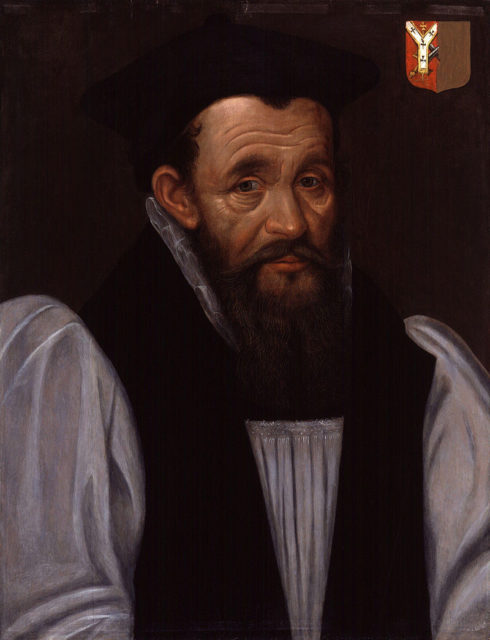
The remains discovered in the second coffin that had a nameplate belong to John Moore, Archbishop of Canterbury from 1783 until his death in 1805. He became the Archbishop of Canterbury one month after Archbishop Frederick Cornwallis died. He is remembered as a great promoter of the Sunday-school movement. His wife, Catherine Moore, also has a coffin plate.
Secret remains of five Archbishops discovered underneath medieval church
via @independent https://t.co/Z55AcQ71Yw pic.twitter.com/1qtHetUL7s
— Historic England (@HistoricEngland) April 18, 2017
As reported by Harry Mount of the Sunday Telegraph, who was the first to be allowed access after the discovery was revealed to the public, three other archbishops were probably buried on the site.
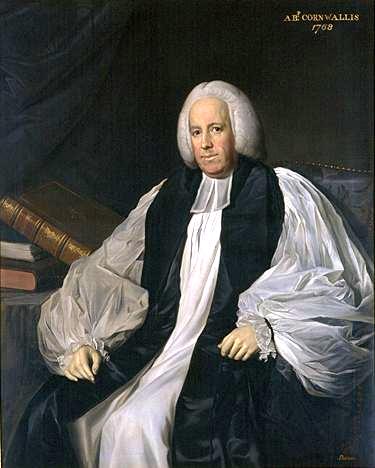
The first one is Frederick Cornwallis, Archbishop of Canterbury from 1768 until his death in 1783. He was the twin brother of Edward Cornwallis.
How the remains of five ‘missing’ Archbishops of Canterbury were found by accident https://t.co/DaMrQk1kFh
— Kathy Reichs (@KathyReichs) April 18, 2017
Matthew Hutton, who served ten years as Archbishop of York, starting from 1747 until 1757 when he became Archbishop of Canterbury, was also probably buried there.
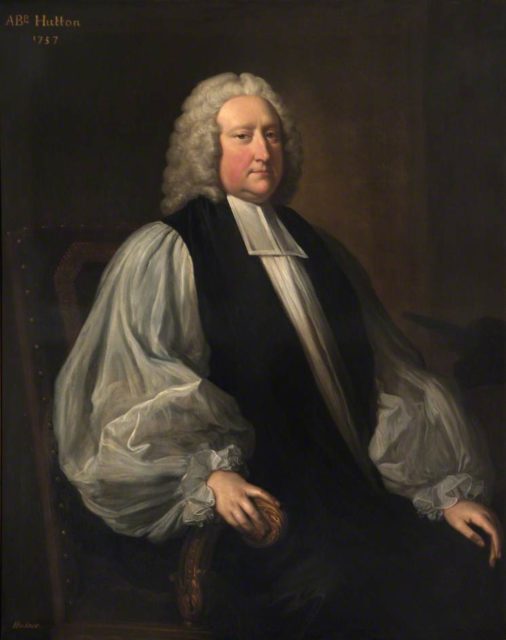
Thomas Tenison, who served as Archbishop of Canterbury from December 1694 until his death in 1715 is also believed to have been buried on the site. He preached Queen Mary II’s funeral sermon in Westminster Abbey and crowned William III’s successor, Queen Anne.
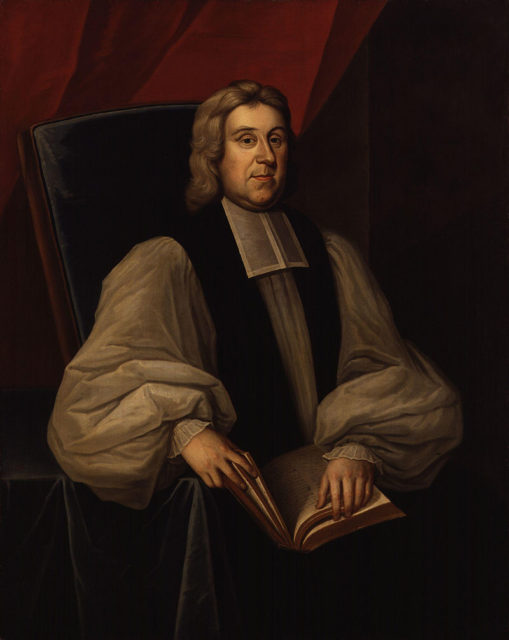
A sixth Archbishop, Thomas Secker, who served from 1758 until his death in 1768, had his internal organs buried in a canister in the churchyard.
Building site manager Karl Patten told the Sunday Telegraph that they came across many bones while working on the project, but when they discovered the Archbishop’s crown they knew that it was something completely different.
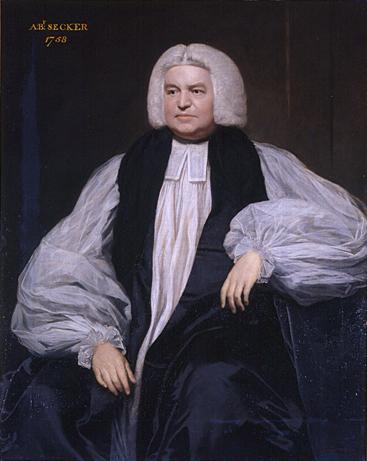
Experts also identified the coffin of John Bettesworth, a Dean of Arches, the judge who sits at the ecclesiastical court of the Archbishop of Canterbury in England. He was also Master of the Prerogative Court of Canterbury and served both positions until his death in 1751.
Read another story from us: The Cathedral of Trier is the oldest cathedral in Germany
They might have never made this astonishing discovery as St. Mary-at-Lambeth Church was deconsecrated in 1972, but Rosemary Nicholson, the founder of the Garden Museum, rescued the church from demolition. It was later repaired and in 1977 the Museum opened as the first museum of garden history in the world.
